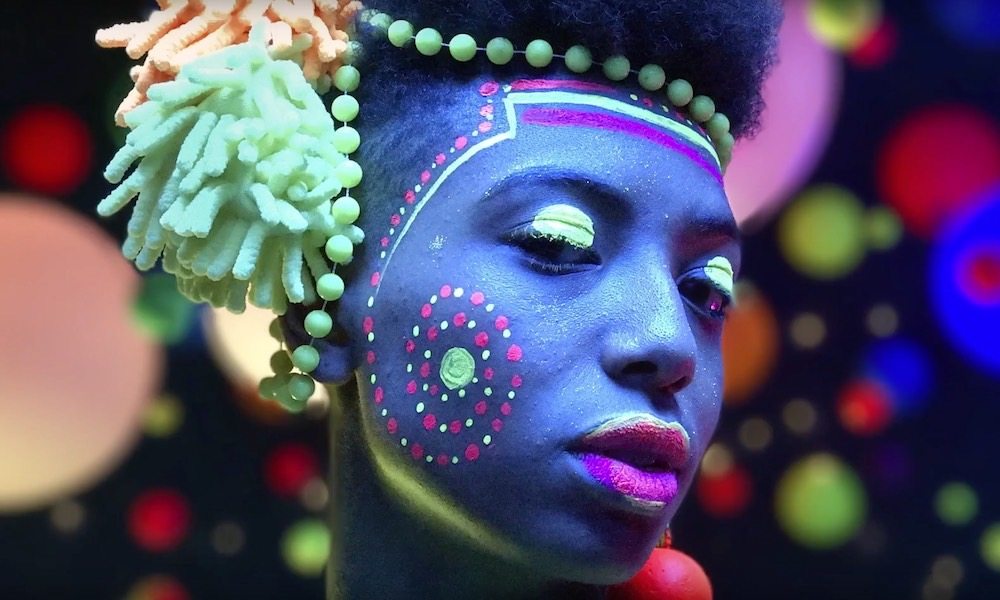Video Portrait Mode
Confirming a previously vague rumour, Gurman notes that Apple will, in fact, be adding Portrait Mode video capture to the iPhone 13, allowing iPhone videographers to take advantage of the same bokeh effects that they’ve long enjoyed for photos.
Apple debuted Portrait Mode with the iPhone 7 Plus back in 2016, although it didn’t actually arrive in user’s hands until a later iOS 10.1 software update. Since then, it’s become one of the most popular iPhone photography features.
Apple has improved upon it vastly over the years, adding the ability to edit Portrait Mode photo depth after the fact in iOS 11, plus a new Portrait Lighting feature with the 2017 iPhone X and iPhone 8 lineup. Then, the 2019 iPhone XS/XR lineup added real-time depth control, and brought a limited Portrait Mode to the single-lens iPhone XR, eliminating the need for a second lens for the first time.
In all of this time, however, Portrait Mode has been limited to taking photos. During this year’s iOS 15 unveiling, however, we got a hint that Apple was expanding it into the realm of video when it announced Portrait Mode for FaceTime calls.
While you’ll need an A12 Bionic-equipped iPhone to take advantage of the feature, it definitely seemed like it could pave the way to allowing users to record videos in the Camera app in Portrait Mode as well. After all, if it can do this in real-time with a FaceTime video, capturing it while recording should be a cinch.
If Gurman’s information is correct, however, this won’t be an iOS 15 feature, per se, but rather something exclusive to the “iPhone 13” — and maybe even only the “iPhone 13 Pro.” It’s unclear, however, if it requires something special about Apple’s upcoming A15 SoC or whether the company is artificially limiting it to the newest iPhone models as a selling point.
According to Gurman’s sources, however, it sounds like the new “Cinematic Video” Portrait Mode recording may be a bit more sophisticated than what would be required for FaceTime calls. For one, it’s going to need to work on both the front and rear cameras, and it will likely have to deal with a much wider range of variables than just somebody’s face. As with photos, you’ll also be able to change the amount of blur after recording.

